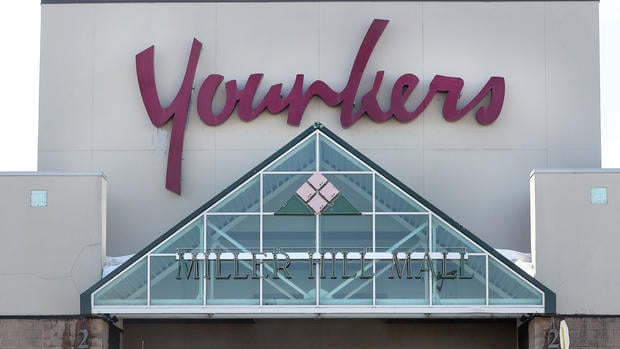
The urge to splurge resurged in July as consumers shrugged off inflation and visited on-site retailers to conduct their everyday spending.
As reported by the Commerce Department on Thursday (Aug. 15), retail sales, unadjusted for inflation, were up 1% in July, well above the consensus estimates for a 0.4% boost.
Overall, 10 of 13 spending categories tracked by the government were higher in the month.
The only categories to show some slippage were, arguably, tied to discretionary spending: sporting goods and hobby-related item retailers saw sales tick down by 0.7% month over month, clothing stores were 0.1% lower month on month and miscellaneous store retailers saw sales drop by 2.5%.
People still congregated at neighborhood eateries, though at a slower pace than they were buying groceries. Sales at eating and drinking establishments were up 0.3% in the latest period, outpaced by spending at grocery stores, which gained 1%.
There was some momentum in non-store (read: online) retailing as well, as sales in this category were up 0.2%, after declining in June, indicating that promotional activities were having a positive impact on sales, such as through Prime Day. Electronics store spending gathered 1.6%.
The July data sent stocks soaring (up 1% in early Thursday trading), and there is, as always, intense focus on when (apparently, not if) the Federal Reserve will cut interest rates. The consensus seems to be that we’ll see a cut as soon as next month.
Looking Toward Fall and the Holiday Shopping Season
But it remains to be seen if the July resurgence has enough momentum to move retailers to breathe a sigh of relief into the all-important fourth quarter and holiday shopping season.
We noted that inflation has broken below 3%, and as announced yesterday, inflation was at 0.2%, up from the 0.1% decline that had been seen in June. Connecting the dots here — inflation was up, but outpaced by unadjusted sales figures in July — means that, of course, consumers bought more of most of the items they use for everyday life, with the exception of what we might think of as summer wardrobes and summer-related leisure equipment.
It must be noted here, too, that the product categories that are less discretionary or “cheaper” have grown in terms of overall retail sales — food and beverage stands out here, and general merchandise stores such as Walmart, which noted strong results on Thursday, said comp sales were up more than 4% in the most recent quarter.
The chart below, as compiled by PYMNTS Intelligence, shows that year over year, as measured against 2023, both seasonally-adjusted and unadjusted sales have been on the upswing — and maybe July’s momentum will carry retailers past the end of the summer.
























